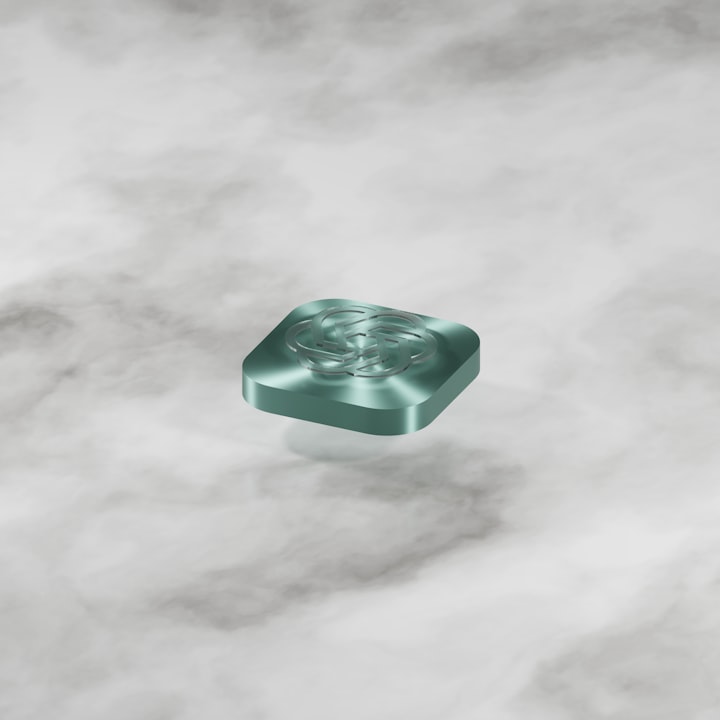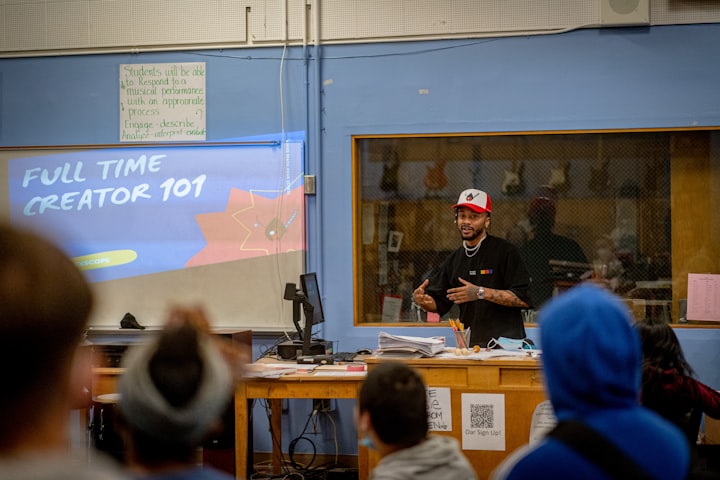The 5 best AI Art generators

What is AI-generated art?
AI art is digital art created or enhanced using AI tools. It's not limited to visual art like images and videos; it also includes AI-generated audio compositions, such as music.
Unlike traditional art, where human creativity with tools like paintbrushes or musical instruments has been the driving force, AI art changes this by using machine learning algorithms and computer technology. These technologies are trained on existing art to understand and describe it, using techniques like generative adversarial networks (GANs) to modify or enhance human-made art or create entirely new pieces.
AI art challenges the long-standing notion that humans are the only creators of art, sparking discussions about the origins of creativity and raising ethical and legal considerations. It also provides an opportunity to push the boundaries of art and creativity in new and diverse ways.
How does AI art work?
AI art uses AI art generators, which rely on big language models trained on lots of data. These models use the data to understand requests and create what you want.
To create AI art, you provide a detailed prompt to the generator, and it comes up with image options based on what you conveyed. This means even people who could be more creative can make different types of art using just text prompts.
While AI art is an outstanding tech advancement, it's essential to see AI as a tool that boosts human creativity, not replace it entirely. The AI art trend uses algorithms, incredibly generative models, to make new visual and multimedia art by studying existing data. This includes training AI models with various datasets and trying new methods to expand artistic expression.
Our pick for top AI art generators
Here's our list of AI tools you can try out right now. Most offer a free trial, some are pretty affordable, and some are the best in the AI art generators sphere.
Dall.E-3
Dall-E-3 stands out as a fast and dependable AI art generator, seamlessly combining precision, speed, and cost-effectiveness in its creations.
DALL·E-3 marks the third advancement in the DALL·E series by OpenAI, building upon the groundwork laid by its predecessors. This exceptional AI model merges the capabilities of GPT-3 with the unique skill of generating images from textual descriptions.
Part of the GPT-3.5 architecture family, it boasts a medium level of creativity. It essentially functions as an AI artist translating text into visually captivating content.
- How DALL·E-3 Operates
At its core, DALL·E-3 is a generative model utilizing a GPT-3 variant to comprehend and interpret textual prompts. What sets it apart is its transformative ability to convert words into images. Users provide a description, and DALL·E-3 conjures up a photo matching that description with remarkable creativity and precision. For example, if prompted with "A man wanders through the rainy streets of Tokyo, with bright neon signs, 50mm," it doesn't replicate existing images. Still, it crafts an entirely original depiction made possible through extensive training on a vast dataset of text-image pairs.

- Industry Impact
DALL·E-3’s launch has revolutionized several aspects:
- Content Creation: Transforming content creation in marketing, education, and the arts, DALL·E-3 efficiently generates high-quality images from textual descriptions, streamlining content production.
- Design and Visual Communication: A valuable tool for graphic designers, advertisers, and media professionals, DALL·E-3 facilitates rapid visual asset generation, allowing designers to focus on refining ideas rather than starting from scratch.
- Innovation: In brainstorming sessions, DALL·E-3's medium-level creativity offers fresh perspectives and inspires new concepts, helping organizations stay ahead of the curve.
- Personalized User Experiences: In e-commerce, entertainment, and gaming, DALL·E-3 crafts personalized and immersive experiences, understanding user preferences to generate tailored content.
- Accessibility: Breaking down barriers for those unfamiliar with traditional design tools, DALL·E-3 allows individuals with limited graphic design skills to describe their visions in text, bringing them to life effortlessly.
Pricing
DALL·E 3's pricing is simple: it costs $20/month as part of a ChatGPT subscription. It's currently available to Enterprise users and can be accessed via API and in Labs at a later date.
Adobe Firefly
:format(webp)/cdn.vox-cdn.com/uploads/chorus_asset/file/24523223/Firefly_text_to_image_stylization.png)
Adobe has shifted from initial reservations about generative AI disrupting its professional creative community and fully embraced technology as a new frontier for augmented creativity.
The standalone web application operates similarly to OpenAI's DALL-E 2 web app, empowering users to create art from text prompts on the web.
Adobe's commitment to this innovative approach is evident in its launch of the Adobe Firefly web portal for AI experimentation. They've integrated Firefly capabilities directly into popular tools like Photoshop and Illustrator and incorporated AI features.
On the Firefly website, users can explore four powerful tools:
- Text to Image: Generate images from a given text prompt.
- Generative Fill: Easily remove objects, including backgrounds, or paint new ones using text prompts (inpainting).
- Text Effects: Use specific prompts to apply styles and textures to text.
- Generative Recolor: Create color variations of vector art based on text prompts.
Pricing
As for pricing, users of the accessible version of Creative Cloud, Firefly, and Adobe Express for text-to-image, generative fill, expand, or recolor are given 25 monthly credits for Firefly tool usage; no credit card is needed.
Creative Cloud plans vary in credits:
- The full suite provides 1,000 credits per month, a single visual app like Photoshop grants 500 credits,
- Lightroom users receive 100 credits and 250 for Creative Cloud.
- Notably, all paid plans enjoy unlimited Firefly use until Nov. 1, with an option to purchase an additional 100 credits at $4.99 monthly.
Midjourney
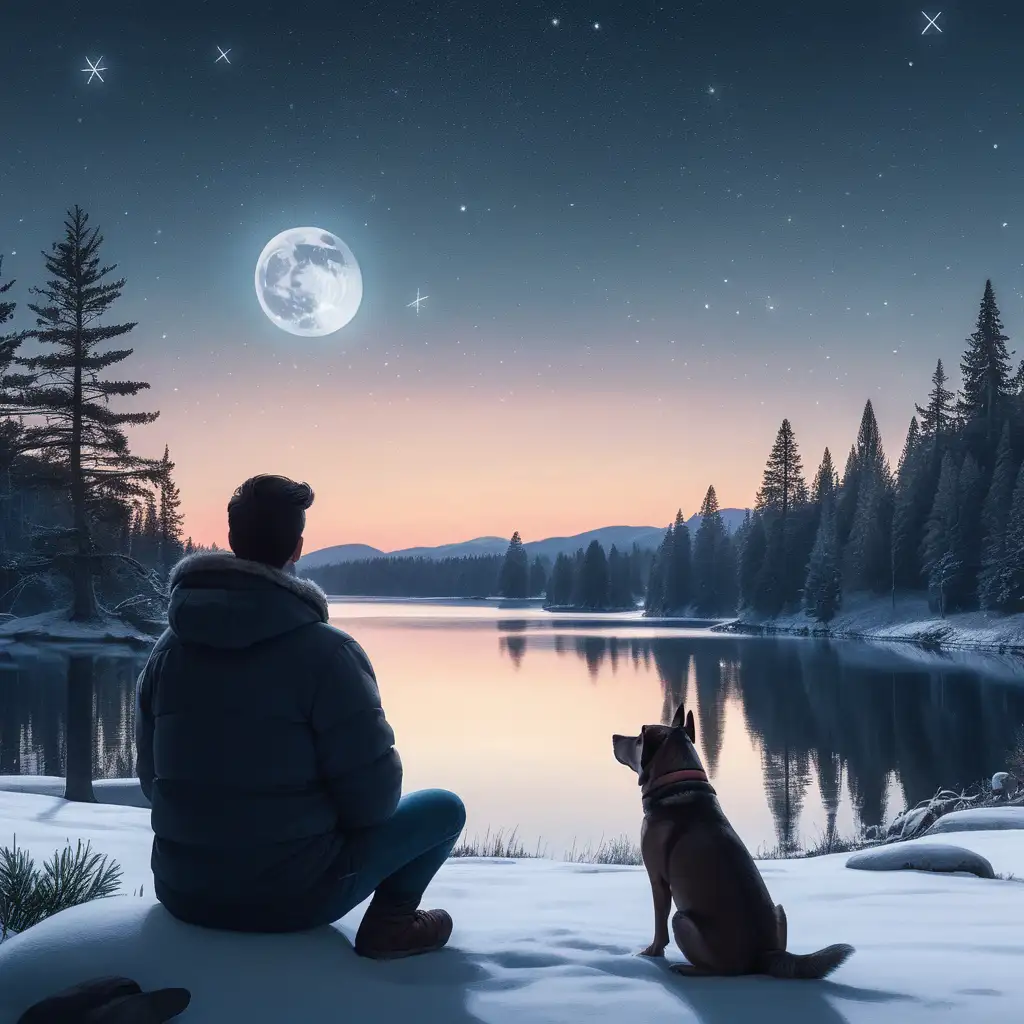
Midjourney is a top-tier generative AI tool that crafts images based on text prompts. It has earned its place among famous counterparts like Dall-E and Stable Diffusion.
Midjourney's self-funded and closed-source nature sets it apart, adding an air of mystery to its inner workings. While the specifics may need clarification, Midjourney relies heavily on advanced machine learning technologies, employing large language and diffusion models.
The results produced by Midjourney are consistently impressive, occasionally even startling, and often possess a strikingly realistic quality. Notably, unlike some competitors, Midjourney doesn't offer a free trial.
Its popularity has grown to the extent that a subscription is now a prerequisite for access.
Here's a quick guide to kickstarting your creative journey with Midjourney:
Renowned for generating high-resolution and photorealistic images, Midjourney delivers artwork that seamlessly blends with pieces created by human artists. It has become a go-to choice for those seeking AI-driven creativity with a touch of realism.
Pricing
Dreamstudio
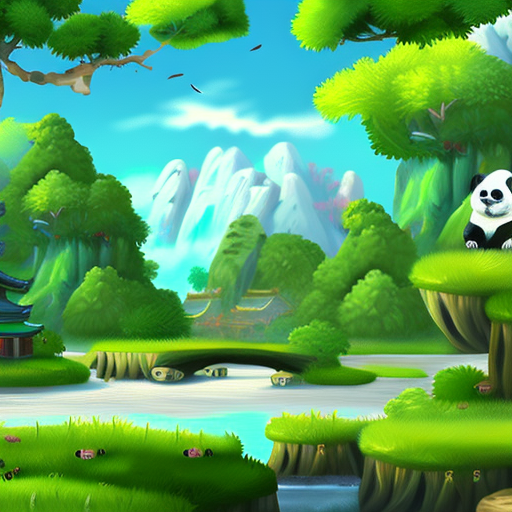
DreamStudio, a popular web app crafted by Stable Diffusion, offers users a robust suite of generative design tools, enabling the creation of stunning images using AI.
Like DALL-E2, DreamStudio leverages natural language processing to generate images based on user-provided prompts, positioning itself as a worthy competitor in AI art alongside other prominent tools.
DreamStudio's suite of generative media tools caters to users of all backgrounds, enabling an environment where imagination can thrive.
So, what can DreamStudio do?
DreamStudio provides simple yet effective tools for AI art generation. With DreamStudio understanding the intricate relationship between words and images, users can effortlessly generate high-quality images from text prompts.
Key features of DreamStudio include:
- Free access to tutorials
- Prompt guides
- Image templates
- Image formatting tools
- User-friendly interface
- Third-party integration
One notable aspect is DreamStudio's commitment to continuous improvement. With features like CLIP Guidance, Image-To-Image, image masking, and Stable Inpainting v1.0 already released, the platform remains dynamic and evolving.
Pricing
While DreamStudio isn't free, new users receive complimentary credits for a trial. For continued use, credits are available for purchase, with DreamStudio priced at approximately $1.18 for every 100 generation credits. With its powerful tools and features, DreamStudio offers a seamless and efficient way to create high-quality images with minimal effort.
Leonardo AI
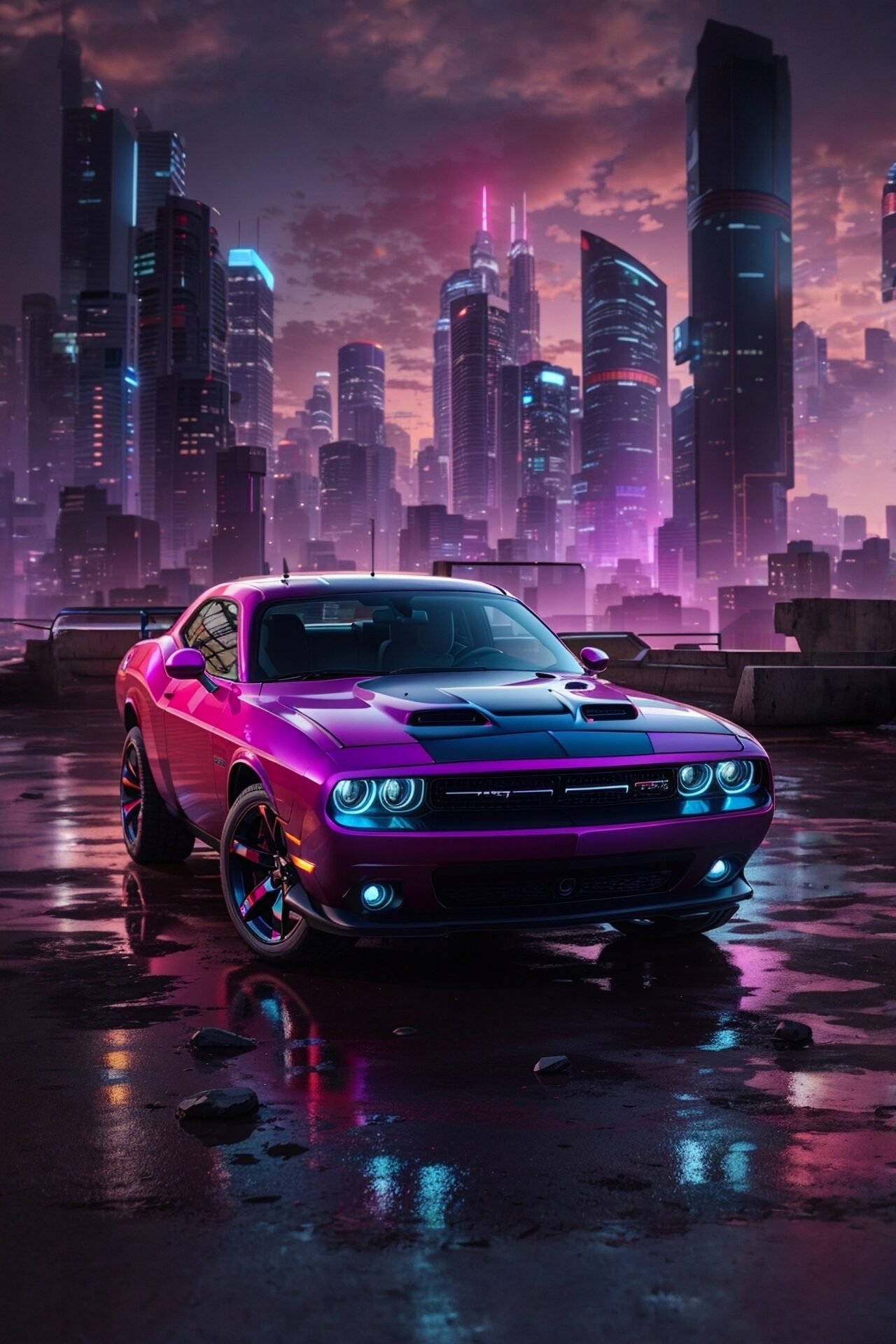
Leonardo AI is an artificial intelligence-based tool that takes textual prompts from users and converts them into stunning images and art pieces.
With remarkable quality, speed, and stylistic consistency, Leonardo AI is reshaping the landscape of visual creation. Leveraging advanced technology, Leonardo AI empowers users to effortlessly generate high-quality images, paving the way for creativity through features like Image Generation, AI Canvas, and 3D Texture Generation.
- Image Generation
At the core of Leonardo AI, Image Generation empowers users to bring their ideas to life, create original materials, and train AI models to meet production needs. It unlocks the potential to produce high-quality images that were once hard to conceive.
- AI Canvas
AI Canvas boasts an intuitive interface that provides complete control over the design editing process. It allows users to modify their designs freely according to their creative vision.
- 3D Texture Generation
The feature elevates visual creations with intelligent textures that seamlessly match objects and context in 3D assets, introducing a remarkable touch of realism.
- AI Flagship Models
Leonardo AI offers a range of AI models, including Lykon for stunning 3D animations, Absolute Reality for vintage styles and classic photography, and DreamShaper for photorealistic images with extraordinary detail.
- Leonardo AI Supports Game Asset Creation
Powered by advanced deep learning technology, Leonardo AI facilitates the creation of realistic game assets based on desired specifications. Game developers can tailor style, genre, and theme, ensuring assets align with their vision. The platform's flexibility allows the combination of elements to craft unique assets.
Ethical implications of AI art
AI-generated art requires careful consideration of ethical implications. One pressing concern revolves around legal questions related to potential copyright breaches.
Since such cases are new, they leave a gray area regarding how to proceed. Forward-thinking platforms like Adobe Firefly and Dall. E addresses this issue by training its models on royalty-free images and emphasizing that any output is only intended for entertainment.
However, as the AI generation landscape evolves, thorough research into the platform's training methods is crucial, as well as verifying the platform's support and terms for commercial use, as many require a paid plan for commercial utilization.
Conclusion
In summary, ethical considerations are important in the AI art space. AI art generators offer incredible tools that, when used responsibly, can revolutionize the creative industry by assisting artists in producing inspiring and boundary-pushing creations.
What is AI-generated art?
AI-generated art is digital art created or enhanced using artificial intelligence (AI) tools. It includes visual art like images and videos, as well as audio compositions such as music.
How is AI-generated art different from traditional art?
Traditional art relies on human creativity and tools like paintbrushes or musical instruments. AI-generated art uses machine learning algorithms and computer technology, trained on existing art to create new pieces or enhance human-made art.
How does AI create art?
AI creates art by using AI art generators, which rely on large language models trained on extensive data. Users provide detailed prompts, and the AI generates images or compositions based on these descriptions.
What technologies are used in AI-generated art?
AI-generated art utilizes techniques like generative adversarial networks (GANs), natural language processing (NLP), and machine learning algorithms. These technologies help AI understand and create art based on existing data.
What is a generative adversarial network (GAN)?
A GAN is an AI model consisting of two networks: a generator that creates new data and a discriminator that evaluates the data. The two networks work together to produce realistic images or compositions.
Can anyone create AI-generated art?
Yes, anyone can create AI-generated art using AI art generators by providing text prompts. This makes it accessible even for those who may not have traditional artistic skills.
What are some popular AI art generators?
Here are some top AI art generators:
- DALL·E-3: Generates images from textual descriptions with high creativity and precision.
- Adobe Firefly: Integrates with Adobe tools for creating images, removing objects, and applying text effects.
- Midjourney: Creates high-resolution and photorealistic images based on text prompts.
- DreamStudio: Offers generative design tools for creating images from text prompts.
- Leonardo AI: Converts text prompts into high-quality images and supports game asset creation.
What are the benefits of using AI in art creation?
AI enhances human creativity, provides new ways to express artistic ideas, saves time, and makes art creation accessible to a broader audience. It also pushes the boundaries of traditional art forms.
How does AI impact industries like content creation and design?
AI streamlines content production by generating high-quality images from textual descriptions, aiding graphic designers, advertisers, and media professionals in creating visual assets quickly. It also offers fresh perspectives for innovation and personalized user experiences.
Are there ethical considerations in AI-generated art?
Yes, ethical considerations include potential copyright issues and the importance of using royalty-free images for training AI models. It's crucial to research a platform's training methods and terms for commercial use to avoid legal issues.
What is the pricing for some AI art generators?
- DALL·E-3: $20/month as part of a ChatGPT subscription.
- Adobe Firefly: Free version offers 25 credits/month; paid plans provide more credits.
- Midjourney: Requires a subscription for access; pricing details may vary.
- DreamStudio: Costs approximately $1.18 for every 100 generation credits after a free trial.
- Leonardo AI: Pricing details vary based on the plan and features.
How does DALL·E-3 work?
DALL·E-3 uses a variant of GPT-3 to interpret textual prompts and generate images. It creates original depictions based on extensive training on text-image pairs, transforming descriptions into visually captivating content.
What tools does Adobe Firefly offer?
Adobe Firefly includes:
- Text to Image: Generates images from text prompts.
- Generative Fill: Removes objects or adds new ones using text prompts.
- Text Effects: Applies styles and textures to text.
- Generative Recolor: Creates color variations of vector art based on text prompts.
How does Midjourney stand out in AI art generation?
Midjourney is known for generating high-resolution, photorealistic images based on text prompts. It is self-funded and closed-source, adding a unique aspect to its operations. A subscription is required for access.
What features does DreamStudio offer?
DreamStudio provides tools for AI art generation, including tutorials, prompt guides, image templates, and third-party integration. It continuously improves with features like CLIP Guidance and Stable Inpainting.
How does Leonardo AI support game asset creation?
Leonardo AI uses deep learning technology to create realistic game assets based on user specifications. It allows game developers to tailor assets to match their style, genre, and theme, ensuring high-quality results.
Enhance your web search,
Boost your reading productivity with Wiseone


